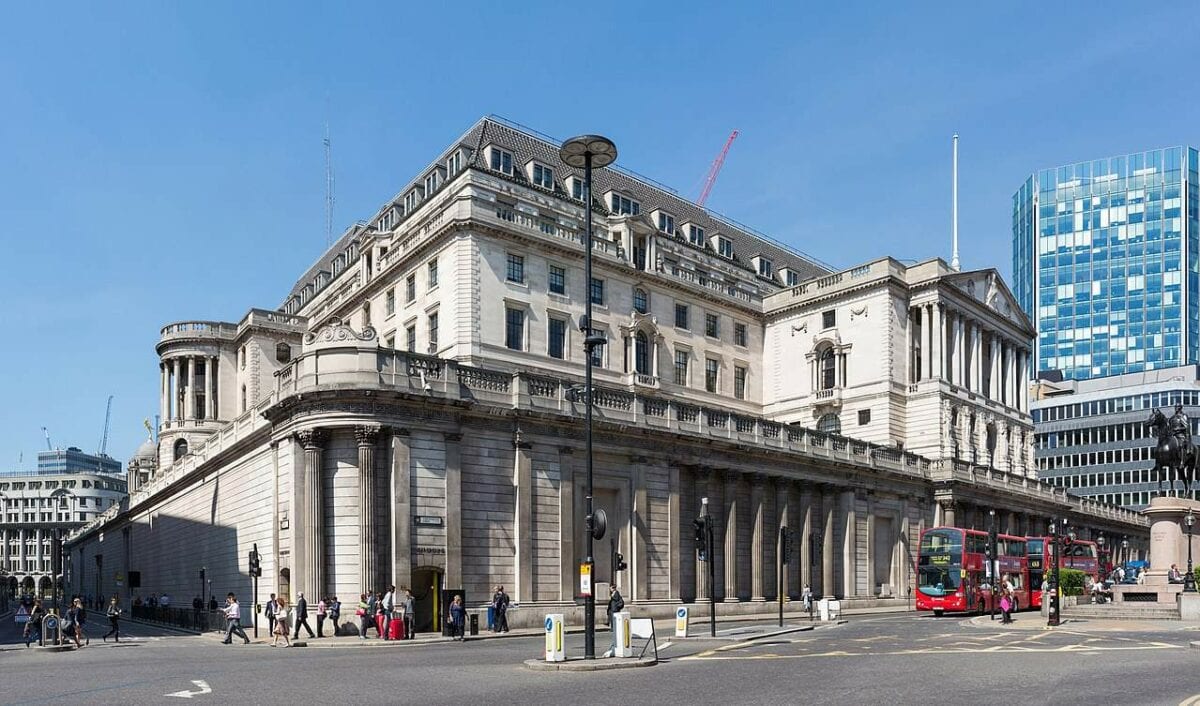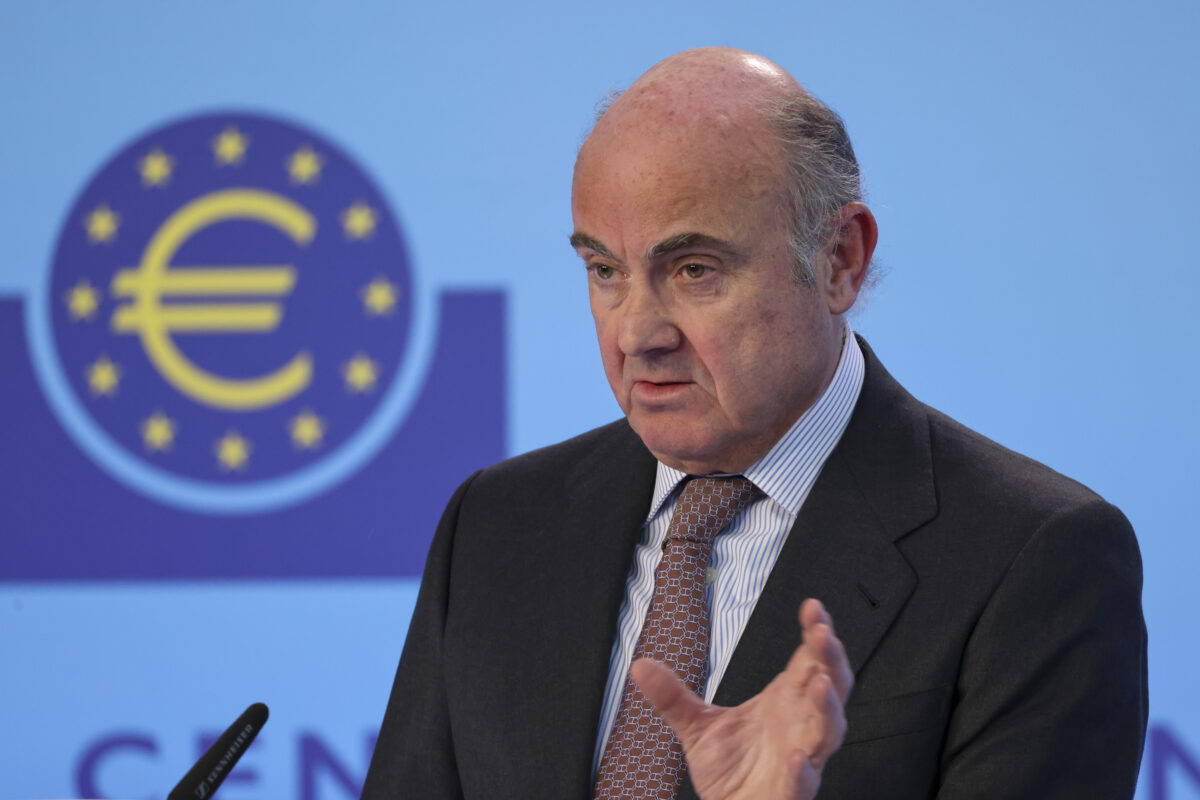Die Bank of England hat soeben mitgeteilt, dass sie den Leitzins einstimmig mit 9:0 Stimmen unverändert bei 0,1% belässt. Die Anleihekaufprogramme laufen wie bereits bekannt weiter. Das britische Pfund reagiert in den ersten Augenblicken nach der Entscheidung gegenüber dem US-Dollar fast unverändert.
Sollte es erneut Probleme mit der Funktionsfähigkeit der Märkte geben, stehe man bereit die Anleihekäufe auszuweiten, um die perfekte Umsetzung der eigenen Geldpolitik zu gewährleisten (ähnlich hat sich heute früh auch die Schweizerische Nationalbank geäußert).
Hier der Text der Bank of England im Wortlaut:
The MPC’s central projections in the November Monetary Policy Report assumed that the pandemic would weigh on near-term spending to a greater extent than projected in the August Report, given new restrictions announced in October in response to rising virus cases. They were also conditioned on the assumption that the United Kingdom, after leaving the Single Market and Customs Union on 1 January 2021, moved immediately to a free trade agreement with the European Union. Conditional on those assumptions, UK GDP was projected to decline in 2020 Q4, and then pick up as restrictions were assumed to loosen. Nonetheless, the unemployment rate was projected to rise markedly, consistent with a material degree of spare capacity, before declining gradually. Conditioned on prevailing market yields, CPI inflation was expected to be around 2% in two years’ time.
The main news since the November Report has been the successful trialling of some Covid vaccines and initial plans to roll them out widely over the first half of next year. This is likely to reduce the downside risks to the economic outlook from Covid previously identified by the Committee. Financial markets worldwide, and some surveys of businesses and consumers, have reacted positively to these developments which are likely to support future UK and global activity.
Nevertheless, recent global activity has been affected by the increase in Covid cases and associated re-imposition of restrictions. UK-weighted global GDP growth in 2020 Q4 is likely to be a little weaker than expected at the time of the November Report.
The near-term UK outlook has evolved broadly in line with the Committee’s expectations in the November Report. UK GDP grew by 0.4% in October, leaving it 8% below its level in 2019 Q4. Activity has been stronger than expected, despite the recent rise in Covid cases and associated lockdowns. Nevertheless, the restrictions on activity introduced after those lockdowns have been tighter than the Committee had assumed in its November forecast, and are expected to weigh more on activity in 2021 Q1. The successful rollout of vaccines should support the gradual removal of restrictions and rebound in activity that was assumed in the November Report, although it is less clear how this prospect will affect the immediate economic behaviour of households and businesses. The additional fiscal measures in Spending Review 2020 are likely to boost GDP by an estimated peak of over 1% during 2021-22.
Developments in the labour market have remained difficult to interpret. The LFS unemployment rate rose to 4.9% in the three months to October, but other indicators suggest that labour market slack has increased by more than implied by this measure. The extension of the government’s employment support schemes is likely to limit significantly the near-term rise in unemployment, although a substantial further increase is still likely over the next few quarters.
Twelve-month CPI inflation fell to 0.3% in November, from 0.7% in October, triggering the exchange of open letters between the Governor and the Chancellor published alongside this monetary policy announcement. The weakness of recent outturns largely reflects the direct and indirect effects of Covid on the economy. CPI inflation is expected to rise quite sharply towards the target in the spring, as the VAT cut comes to an end and the large fall in energy prices earlier this year drops out of the annual comparison.
The outlook for the economy remains unusually uncertain. It depends on the evolution of the pandemic and measures taken to protect public health, as well as the nature of, and transition to, the new trading arrangements between the European Union and the United Kingdom. It will also depend on the responses of households, businesses and financial markets to these developments.
The MPC will continue to monitor the situation closely. If the outlook for inflation weakens, the Committee stands ready to take whatever additional action is necessary to achieve its remit. The Committee does not intend to tighten monetary policy at least until there is clear evidence that significant progress is being made in eliminating spare capacity and achieving the 2% inflation target sustainably.

Die Zentrale der Bank of England in London. Foto: Diliff / Wikipedia (CC BY-SA 3.0)
Kommentare lesen und schreiben, hier klicken












